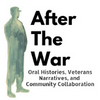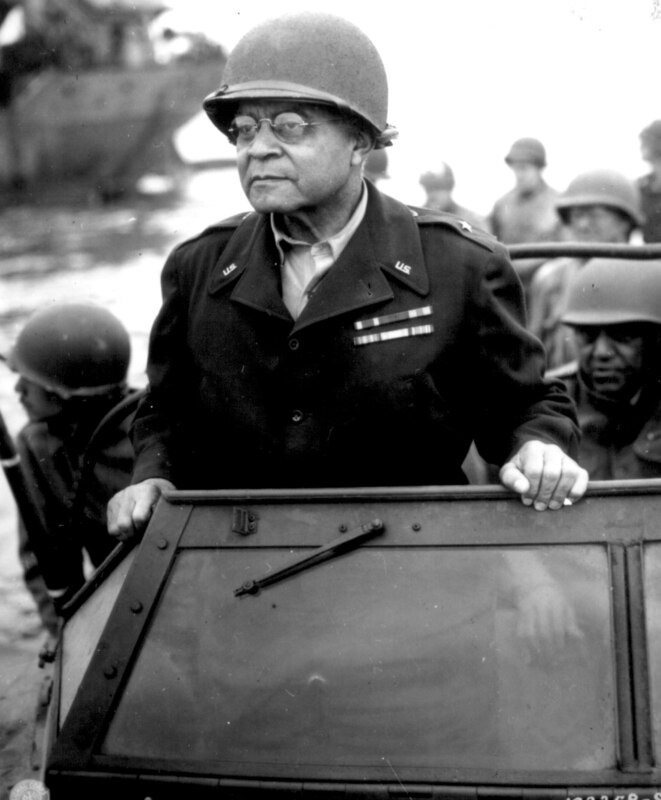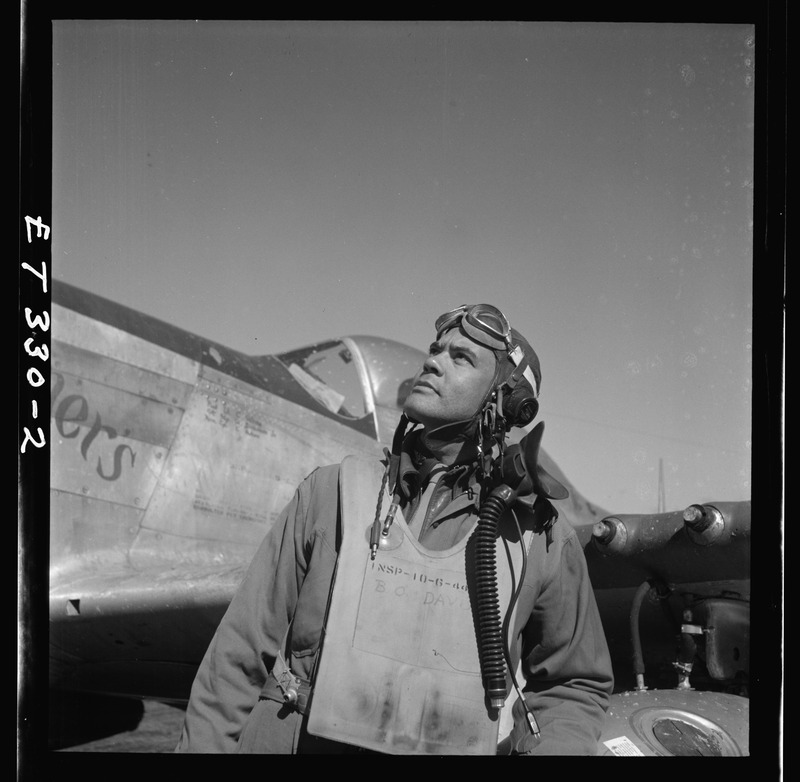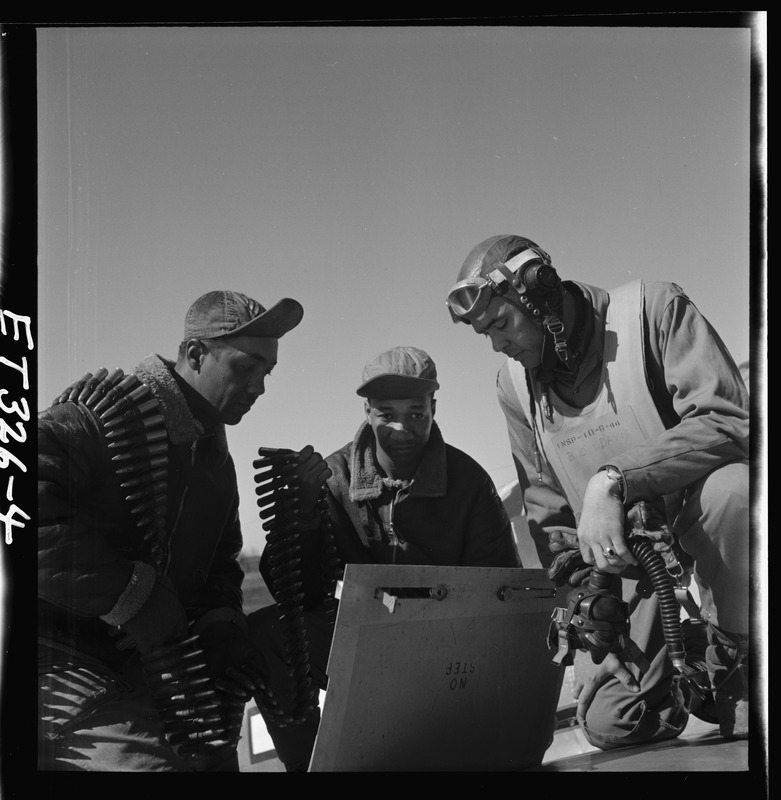Oral History and Data
Introduction
“In all of us there is a hunger, marrow-deep, to know our heritage—to know who we are and where we have come from. Without this enriching knowledge, there is a hollow yearning. No matter what our attainments in life, there is still a vacuum, an emptiness, and the most disquieting loneliness.”
Alex Haley, American Journalist, Oral Historian, and Author of Roots
Oral history has been, and remains, an act of connection and futurity. Whether its stories passed around the dinner table, testimonies to someones unique experiences, or a more formal interview, these accounts are tremendously important to preserving the connection to where a community came from, what was endured, and hope for the future. Families and communities of color in the United States have long known this and, as a result, have deep oral traditions that stretch back to their diasporic roots.
History of Oral History
Modern oral history began to take shape in the mid-20th century. Many historians point to Allan Nevins as the founder of oral history as a method for "doing" and researching history. During the 1940s, Nevins conducted oral histories and started the United States' first formal university oral history program at Columbia University.
But, the American oral history movement started much earlier. Alan H. Stein and Gene B. Preuss argue that the Works Progress Administration (WPA)-a 1930s Depression era program that created work for Americans- marks the true beginning. During the 1930s, WPA workers recorded and collected "slave narratives" to preserve the histories of people who otherwise may not have a written record of what they endured and, if they did, may not have been preserved in archives for the future.
Since then, oral history has become recognized as a critical tool to preserve history of people who have been marginalized and made vulnerable, to gain "bottom up" perspectives on historical events, and contribute to a more pluralistic understanding of history.
Making Connections with Oral History
The "After the War" Project has a hunger to know "our" heritage as Americans (whether citizens, undocumented, or incarcerated- all are included in ATW's view of "American").
The U.S. has a history of seemingly perpetual war (military "conflicts") in the name of freedom and democracy. Yet the soliders on those front lines have often been people who were systematically denied those very principles.
Oral histories are an excellent way to understand more about who the men and women were who served in the United States military, fighting for "freedom" when racism, segregation, domestic terrorism, violence, and marginlization waited for them "on the home front."
But, how can the public and historians begin to draw connections and identify commonalities in oral histories?
Below you will see how oral history transcripts have been analyzed using Voyant Tools, a data visualization software. The Voyant Tool is embedded and interactive, so you can "play" with it.
Then, you'll see data from statistical reports visualized, showing how this type of interpretation can help add additional historical context to the oral history.
As you look through the visualizations, think about what is seen and what is not seen.
Library of Congress's Veterans History Project
The Veterans History Project is an initiative of the Library of Congress to provide to the public and preserve for the future first-hand account of military veterans. An act of congress founded the project in 2000. Since then, oral histories, photos, documents, letters, and other forms of first-hand testimony by veterans and Gold Star families have been collected from the First World War to contemporary wars and conflicts.
The many oral histories of Black and other veterans of color shed light on their lives after the war. To the left is a video oral history of Dr. Elizabeth A. Allen, a Vietnam War veteran who served in the Army Nurse Corps. Dr. Allen's oral history emphasizes the challenges of being both a Black and female veteran, as well as the failure to treat the long-term (and intergenerational) mental and physical health traumas of warfare.
Oral History Transcript Data
Because the Veterans History Project is a wealth of oral history recordings, the transcripts provide an abundance of data. Below are the transcripts that were used as data to create the following Voyant data visualizations.
Harvey Charles Zimmerman, USMC, War in Iraq
Gertrude Johnson Edwards, USAF, Korean War, Cold War
Oneida Miller Stuart, US Army Nurse Corps, World War II
Robert P. Madison, US Army, World War II
Dr. Elizabeth A. Allen, US Army Nurse Corps, Vietnam War
Voyant Data Visualization
Voyant is a text analysis and data visualization tool. It can be used by anyone- it is browser based, does not require download, and only requires a plain text file. Text analysis is the process of using a computer and software to identify patterns in the text that may not be easy to see or find by reading alone. Depending upon how the software is coded and what it is programmed to look for, text analysis software can provide statistics on how often a word is used, navigate to where that word is used in all the texts it is comparatively analyzing, or "read" the text to generate a report on the contexts.
In the window below, the following Voyant visualizations can be toggled by clicking on the screen (each visualization name is hyperlinked, click on it to learn more).
Top left-window
Top Center Window
Bottom Right Window
Explore Voyant
Change the visualization tool by clicking the name of how you want to "see" the data. You can change what is being analyzed by clicking on a word OR entering terms in the search bar of the windows.
Click around and experiment- you can not "break" this visualization!
Voyant Example

Here is an image of an especially relevant Voyant visualization. Using "Trends", the following terms were analyzed:
- black
- white
- women
- va
- men
- gi bill
Voyant reveals the frequency that each term appears in each oral history transcript. "Black" and "white" were more frequent topics for the veterans who served during World War II, the Korean War, and the Vietnam war. Perhaps this shows a connection between the civil rights movement, veterans experiences, and that the "Double V" campaign lasted much longer than World War II.
Data: Historically Contextualizing Veterans' Experiences at War
Text analysis is not the only way to visualize and research data about the experience of veterans. Numerical data, such as a Congressional report on rates of U.S. Injuries and Casualties during every war or conflict the U.S. has formally been involved in, can be telling as well.
Below is a Tableau visualization of the number of injuries, causalities, and total soldiers deployed during the Spanish American war (1898), World War I (1914-1918, US involvement 1917-1918), and World War II (1939-1945, US involvement 1942-1945).
There are two sheets you can switch between. Click the title of the sheet at the top of the screen to toggle between the two. Notice how the inclusion of total soldiers drastically alters the "feel" of the data visualization.
What is lost in the data?
The visualizations of the oral history transcripts of Harvey Charles Zimmerman, Gertrude Johnson Edwards, Oneida Miller Stuart, Robert P. Madison, and Dr. Elizabeth A. Allen illustrate how text analysis can reveal commonalities and trends across time. The graphs and other data visualization views of numerical data, such as the injuries and casuality rates above, provides context about events that perhaps can not be readily detected (or seen at all) by human reading. Given the loss of life, the testimonies of surviving veterans is made all the more special.
But what is left out? Who is left out?
The After the War project argues that the human element is left out with these visualization methods alone. Veterans like Benjamin O. Davis Sr. and Benjamin O. Davis Jr., as well as our oral history narrators, are lost in the visualization.
Benjamin O. Davis Sr. served as a U.S. Army soldier in the Spanish American war, World War I, and World War II, became the first Black Brigadier General in any branch of the military in the nation's history, and spent the majority of his career serving a segregated military apparatus. He is one of the indvidual data points visualized in all three of the wars visualizes above.
His son, Benjamin O. Davis Jr., served in the U.S. Air Force as a distinguished Tuskegee Airman during World War II and became the first Black General in the U.S. Air Force.
See select photos of these two distinguished veterans by clicking through the carousel below.
Note that the use of the term "colored" is reflective of the title given to the resource by the National Archives, and not by the After the War project.





